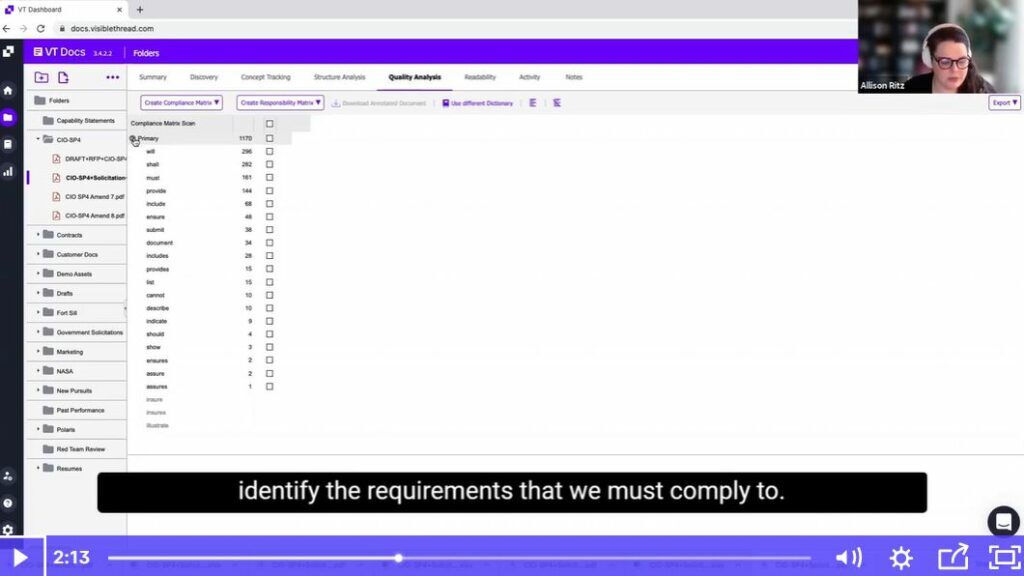A requirements-gathering template is your blueprint for success. It’s the guide that ensures you capture all the essential information needed to bring your product vision to life. Whether you’re developing a new app, launching a website, or creating a software system, this document is your roadmap to a successful outcome.
With a requirements-gathering template, you’ll never miss a beat. You’ll have a clear and concise outline of the steps and information needed to gather all the necessary requirements. You know exactly who the key stakeholders are and their roles and responsibilities. Your team will have a comprehensive list of the business objectives, goals, and requirements, both functional and non-functional.
And let’s not forget the technical requirements! This section outlines all the nitty-gritty details that make your product or system work. From infrastructure needs to technical specifications, you’ll have everything you need to ensure your project’s technical side is solid.
Of course, the end-users are the heart of every project. The user requirements section details their needs and expectations. By using text analysis techniques, you can create a product or system that truly meets their needs. And finally, the acceptance criteria section outlines what it takes for the project to be successful.
With a requirements-gathering template, you’ll have a clear and organized document that covers all the bases. It’s the foundation of your project and sets the stage for a smooth and successful outcome!
Using Text Analysis for Requirements Gathering
Text analysis and requirements gathering are important processes when it comes to understanding and addressing the needs of stakeholders. Text analysis involves the extraction of meaningful information and patterns from textual data.
By applying techniques like natural language processing and machine learning, text analysis helps identify key themes, sentiments, and trends within the data. Requirements gathering is a process of extracting, documenting, and prioritizing the needs and expectations of stakeholders for a particular project or system.
Text analysis assists requirements gathering by analyzing large volumes of text to identify common pain points or feature requests. It provides valuable insights into user needs, allowing stakeholders to make informed decisions and prioritize requirements effectively. By combining the power of text analysis and requirements gathering, organizations can ensure that their products and services align with user expectations. Leading to better customer satisfaction and successful project outcomes.
What are the benefits of a Requirements Gathering Template?
A requirements-gathering template is a game-changer for any project or product development effort! It provides countless benefits that ensure the success of your project. For starters, it streamlines the requirements-gathering process, making it more efficient and organized. You’ll save time by having a clear and concise outline of the information needed. Rather than struggling to remember what you need to capture.
Additionally, a requirements-gathering template helps ensure that all stakeholders are on the same page. With a clear understanding of each person’s role and responsibility, there’s less room for confusion and miscommunication. This leads to better collaboration and a stronger end result.
Not only does a requirements-gathering template improve the process, but it also improves the outcome. It allows you to have a comprehensive list of business and user requirements. You can, therefore, create a product or system that truly meets the needs of the end users. With well-defined acceptance criteria, you’ll have a clear understanding of what it takes for the project to be successful.
In short, a requirements-gathering template is a crucial tool for ensuring the success of your project. It provides structure, efficiency, and clarity, leading to a better outcome for everyone involved.
Avoiding scope creep
Scope creep can be a real nightmare for any project. It’s that sneaky tendency for project requirements to expand beyond their original scope. Leading to delays, increased costs, and less-than-satisfactory results. But with a well-crafted requirements-gathering template, you can keep scope creep at bay.
A requirements-gathering template provides a clear and concise outline of the project’s scope and requirements. Making it easier to identify and address any potential scope creep early on. By clearly understanding the requirements, you won’t be tempted to add new requirements that fall outside the original scope. And if you do need to make a change, you can evaluate its impact and decide whether to include it or not.
In short, a requirements-gathering template serves as a roadmap for your project. It helps you stay on track and avoid the dangers of scope creep. It gives you the clarity and structure you need to deliver a successful project. One that is free from the distractions of unnecessary changes and additions. So don’t underestimate the power of a solid requirements-gathering template. It just might be the key to keeping your project on track.
Useful documents for creating a requirements template.
You will need access to key documents, including:
- Business Requirement Document,
- Functional Requirement Document,
- Technical Requirement Document,
- and Statement of Work.
Now you can make a complete requirements gathering template with all the relevant information. Including client requirements to test case information. Setting test cases is an important part of software development projects.
Key to a successful requirement template:
When it comes to delivering a successful project, it’s not just about satisfying the stakeholders and end-users. You must also make sure that you comply with all the relevant regulations, standards, and policies. And that’s where a compliance matrix comes in! A compliance matrix is an essential tool that can help you track regulatory and compliance requirements you must meet.
Think of it like a map that guides you through the jungle of regulations, standards, and policies. It ensures you don’t get lost or run afoul of any rules. With a compliance matrix, you can have peace of mind knowing that all your requirements meet the necessary compliance requirements. Whether it’s industry standards, government regulations, or both.
Your compliance matrix will include columns for the requirement, the associated regulation or standard, and the status of compliance. You’ll see at a glance which requirements are compliant, which are non-compliant, and which ones are still in progress. By using a compliance matrix in your requirements template, you’ll ensure that your project stays on track. It will meet all the necessary compliance requirements and is a success on all fronts. So, don’t wait, start using a compliance matrix in your requirements template today.






